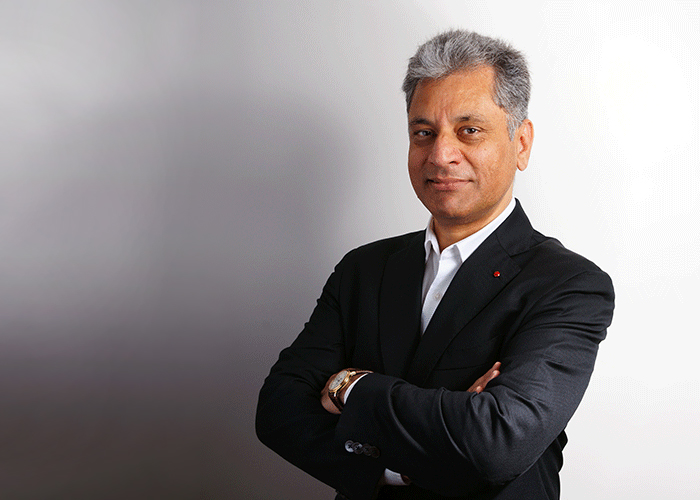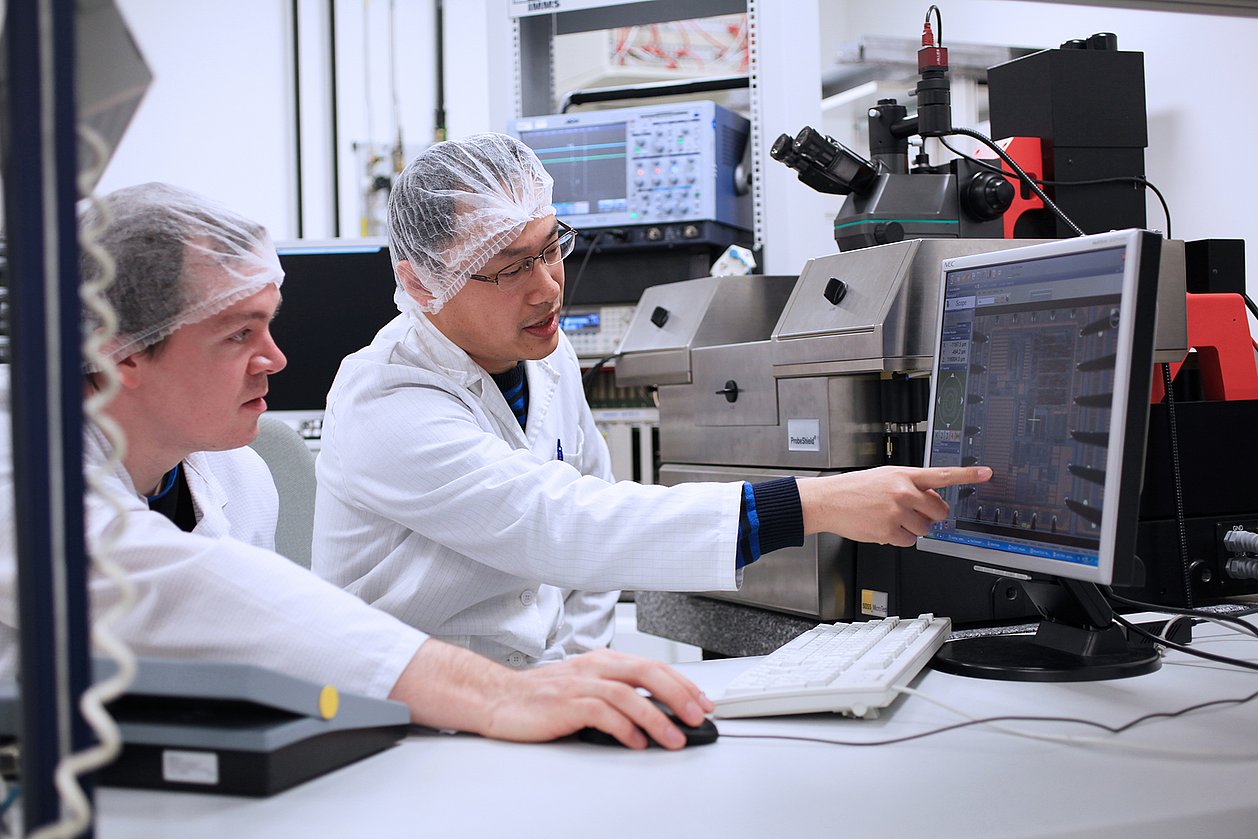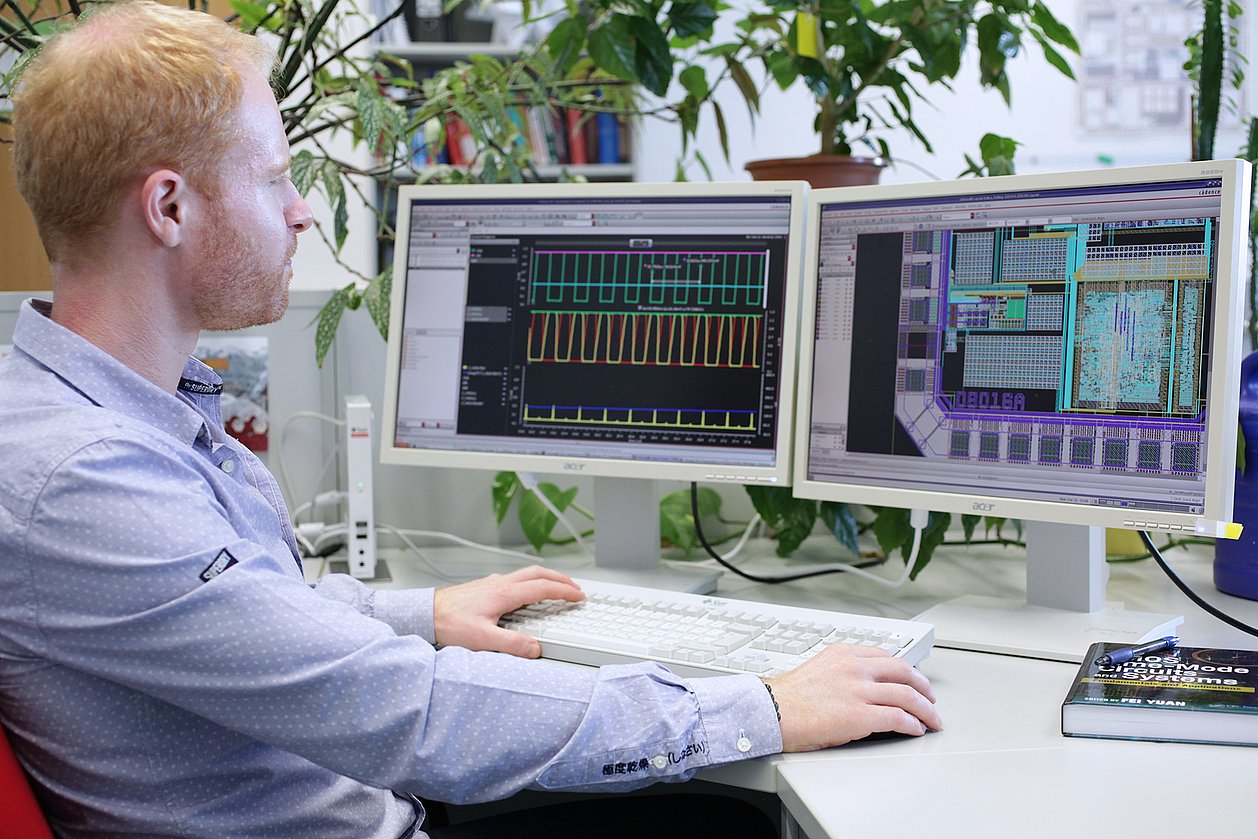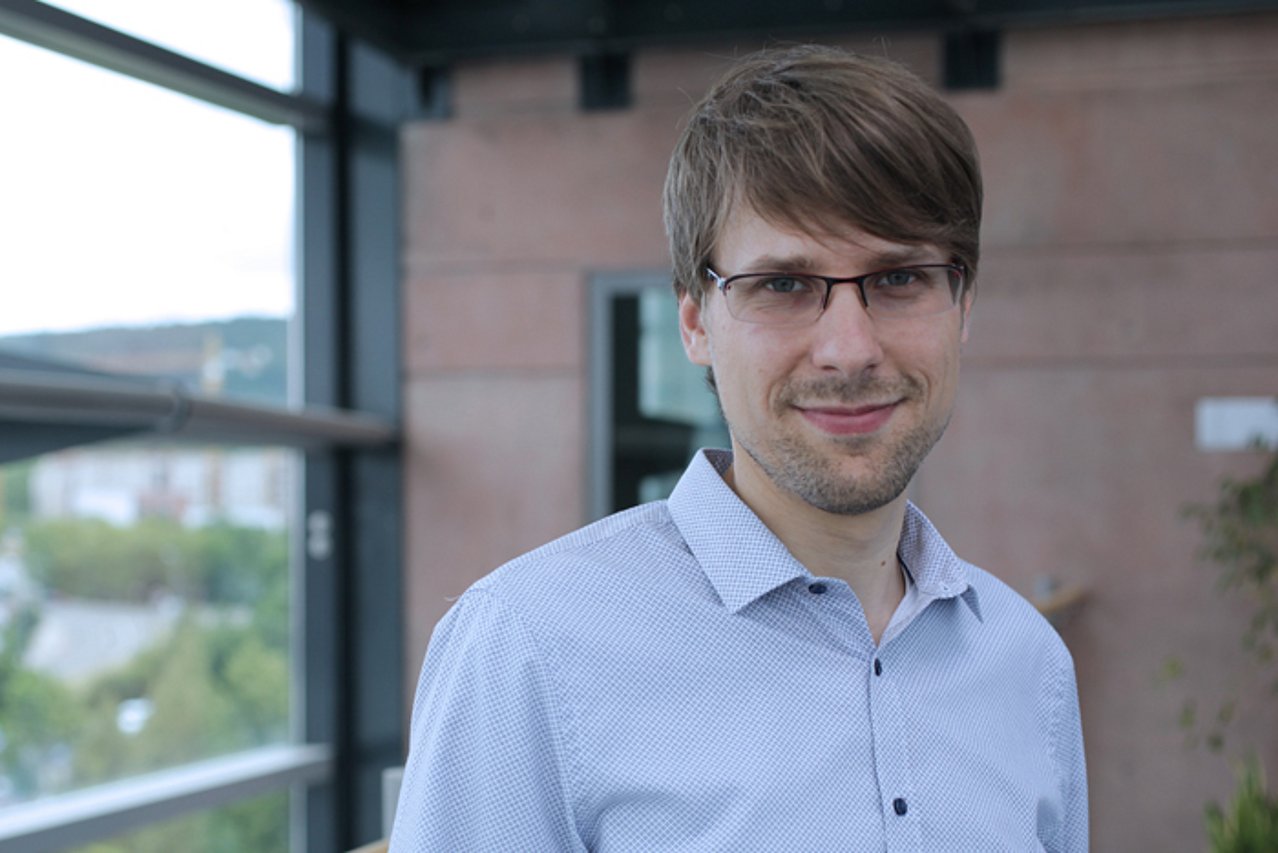Khalid Ishaque, Pixium Vision

“IMMS delivered a vital contribution to our goal of restoring the sight of visually impaired people. The IMMS developed an application specific integrated circuit (ASIC) used in our intraocular implant which we are using in our most recent systems as well.”
”One must remember the notion that restoring some vision to those who have lost their sight is possible, has long been thought to be fanciful. However, we are in the New Age at the frontier of neuroscience, interfacing the worlds of the eye and the brain – “from the Photons to the Neurons”. Such is the breadth and depth of the understanding required to build a world of bionic vision for those who have lost their sight. That is the mission of Pixium Vision.
The company is developing in parallel 2 innovative Bionic Vision Systems, which incorporate active implantable prostheses intended to treat and compensate for blindness resulting from the degeneration of retinal photoreceptor cells. These devices are intended for blind people with a functional optic nerve to enable them to regain greater autonomy and improved quality of daily living.
The Company harnesses the rapid advances in neuroscience, neuromorphic visual processing, microelectronics/nanoelectronics, optoelectronics, neurobiology and intelligent software algorithms. IMMS delivered a vital contribution to our goal of restoring the sight of visually impaired people. The IMMS developed an application specific integrated circuit (ASIC) used in our intraocular implant that translates the incoming optical information into an electrical data stream which in turn is transferred to the optical nerve through a stimulator interface. The ASIC made by IMMS is the fundamental gateway between the real world and the optical nerve of the patient. This ASIC uses a photodiode for signal detection and a control circuit that distinguishes between parasitic or system relevant signals and activates an output driver in case of useful data. The IMMS furthermore developed an energy supply for the ASIC which we are using in our most recent systems as well.
We highly appreciate the cooperation with the IMMS that ran in an active and close information exchange with its competent technical experts. The IMMS remains a strong electronics partner of us for further prototypes in research and development.“
The reference is related to:
Contact
Contact
Eric Schäfer, M. Sc.
Head of Microelectronics / Branch Office Erfurt
eric.schaefer(at)imms.de+49 (0) 361 663 25 35
Eric Schäfer and his team research Integrated sensor systems, especially CMOS-based biosensors, ULP sensor systems and AI-based design and test automation. The results are being incorporated into research on the lead applications Sensor systems for in-vitro diagnostics and RFID sensor technology. It will assist you with services for the development of Integrated circuits and with IC design methods.






